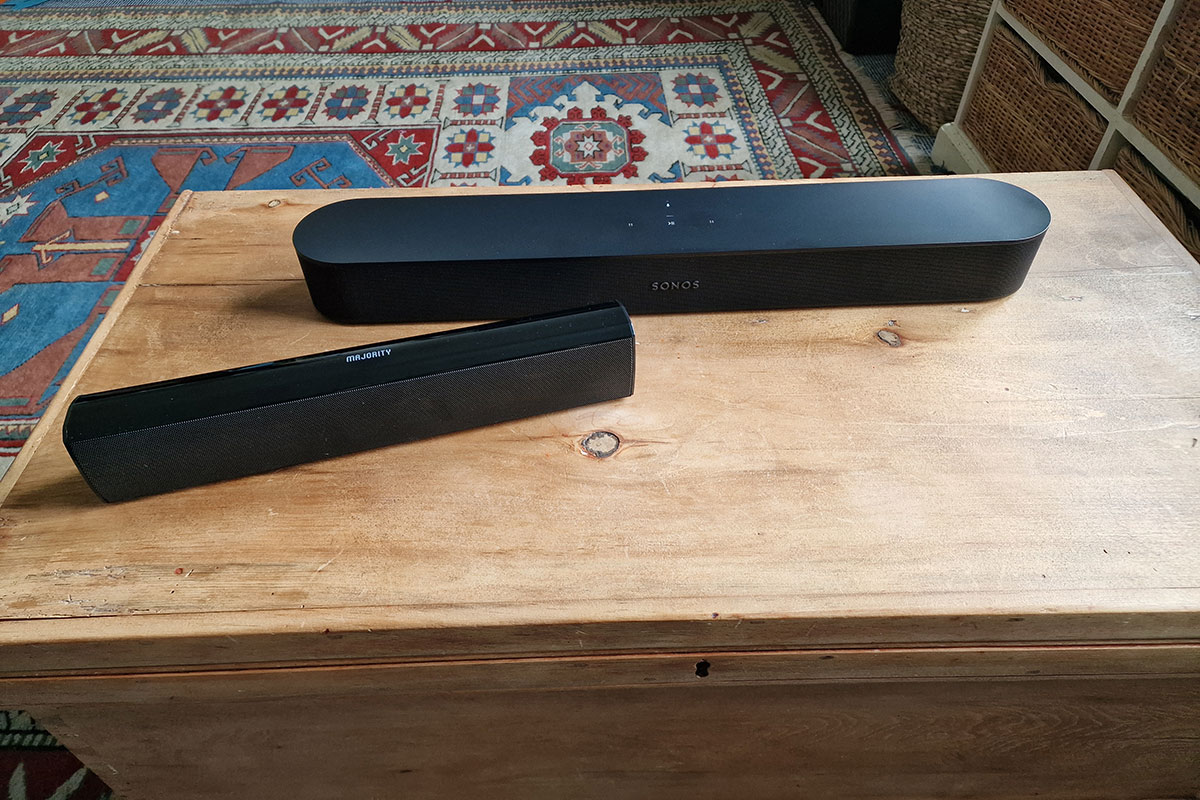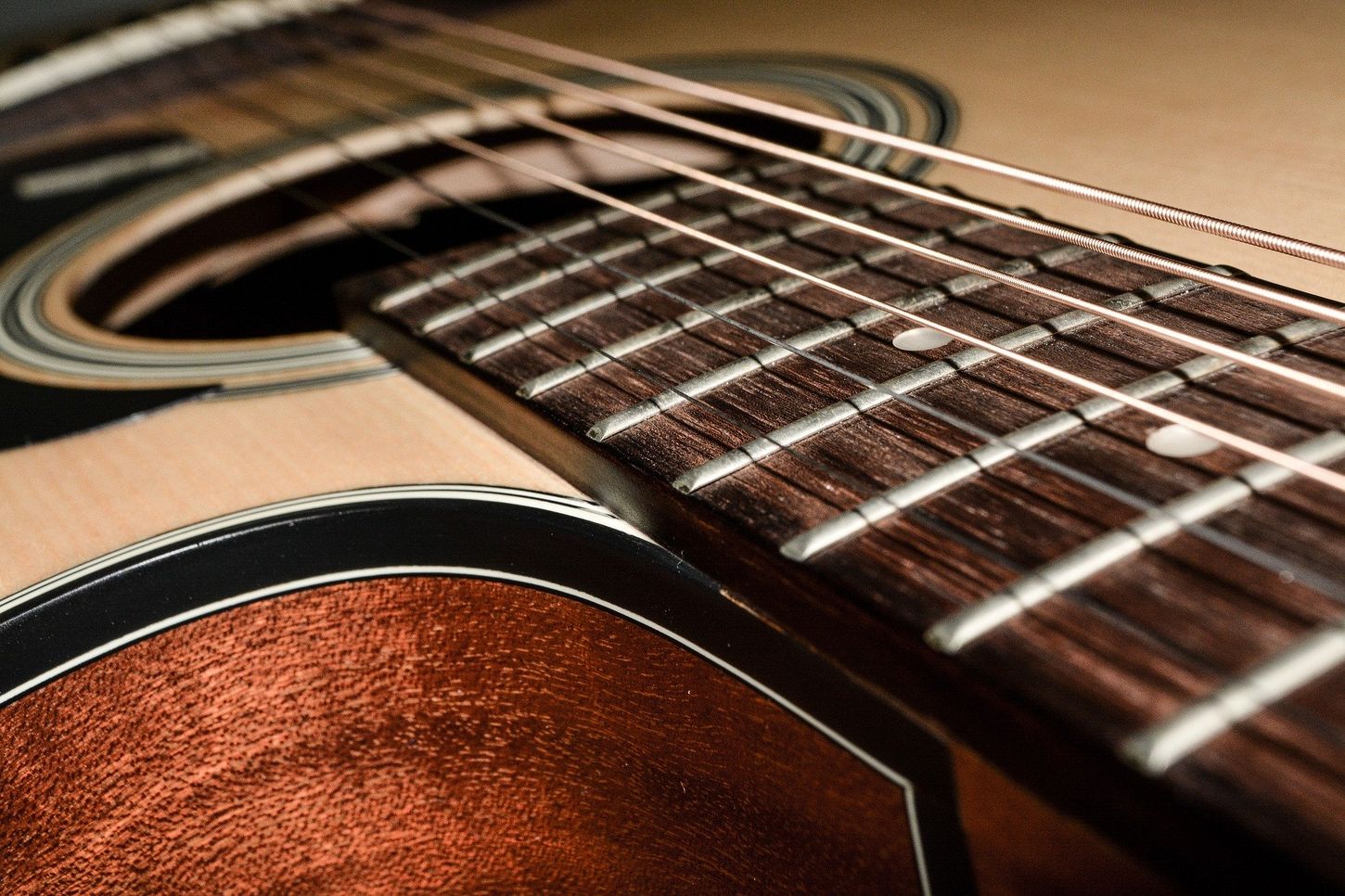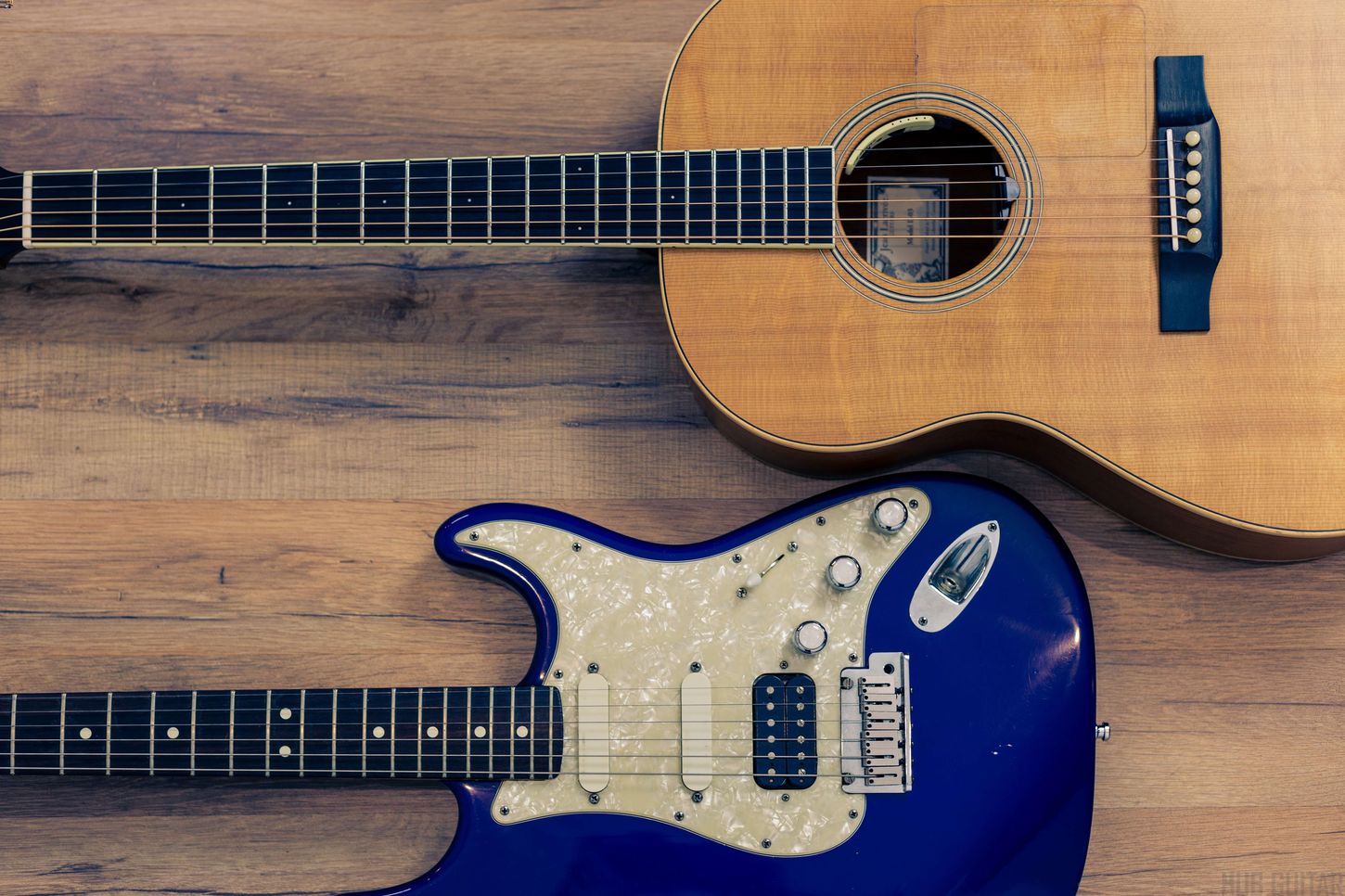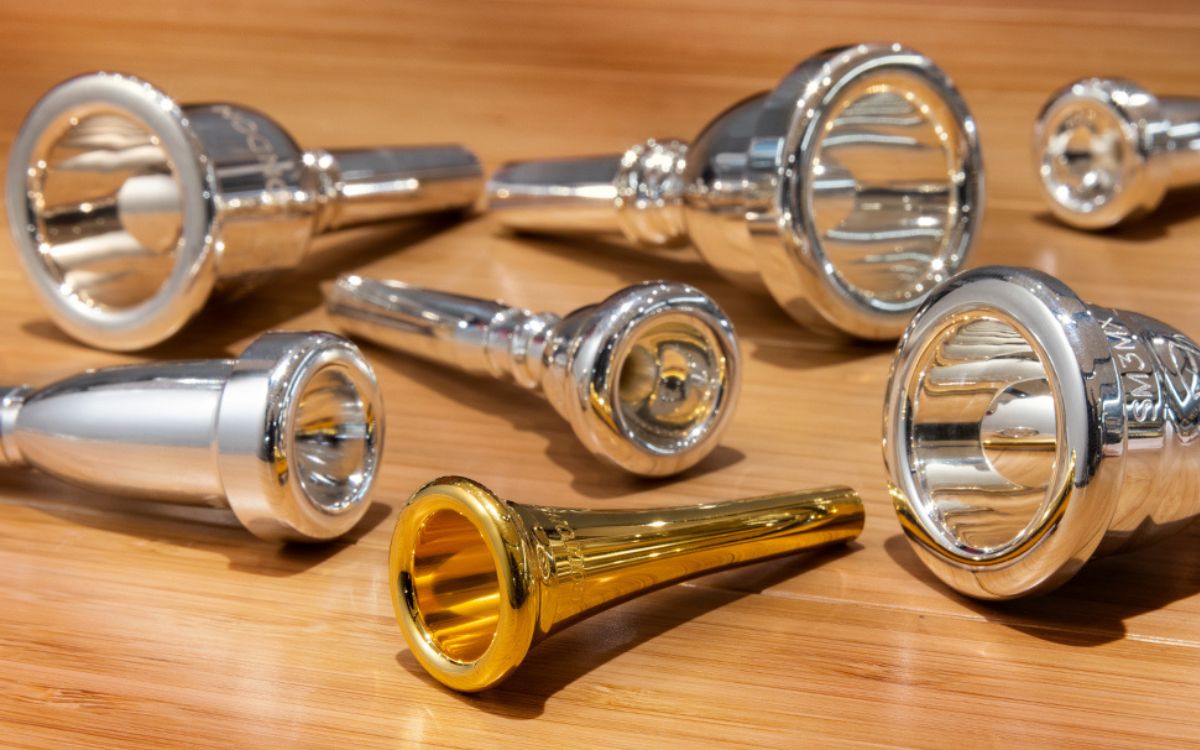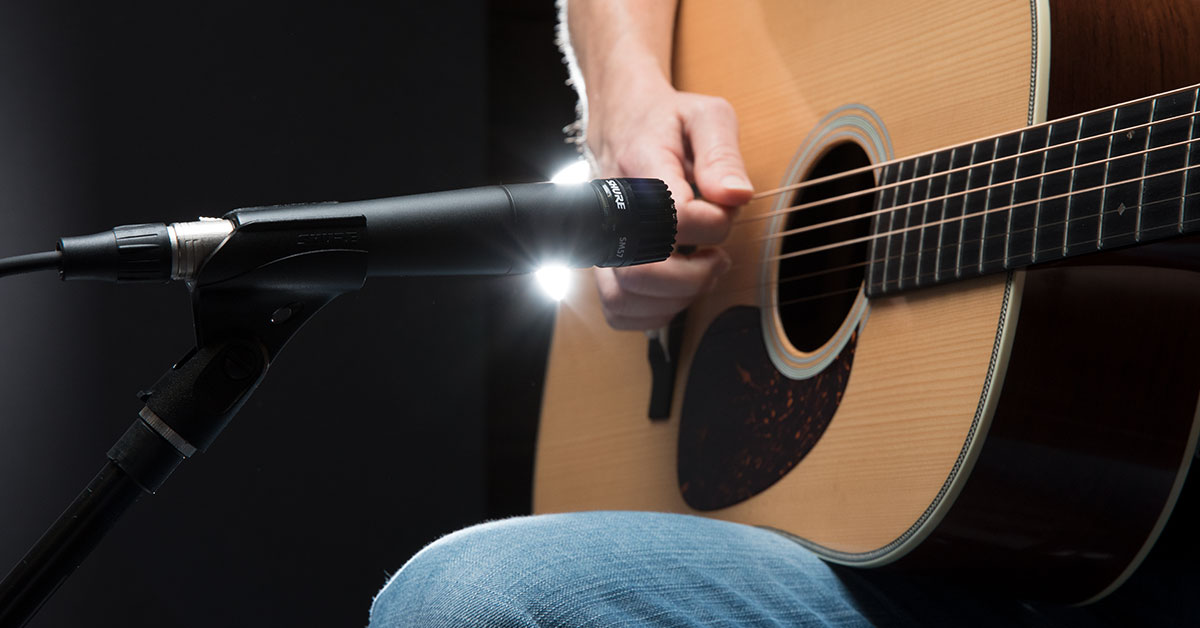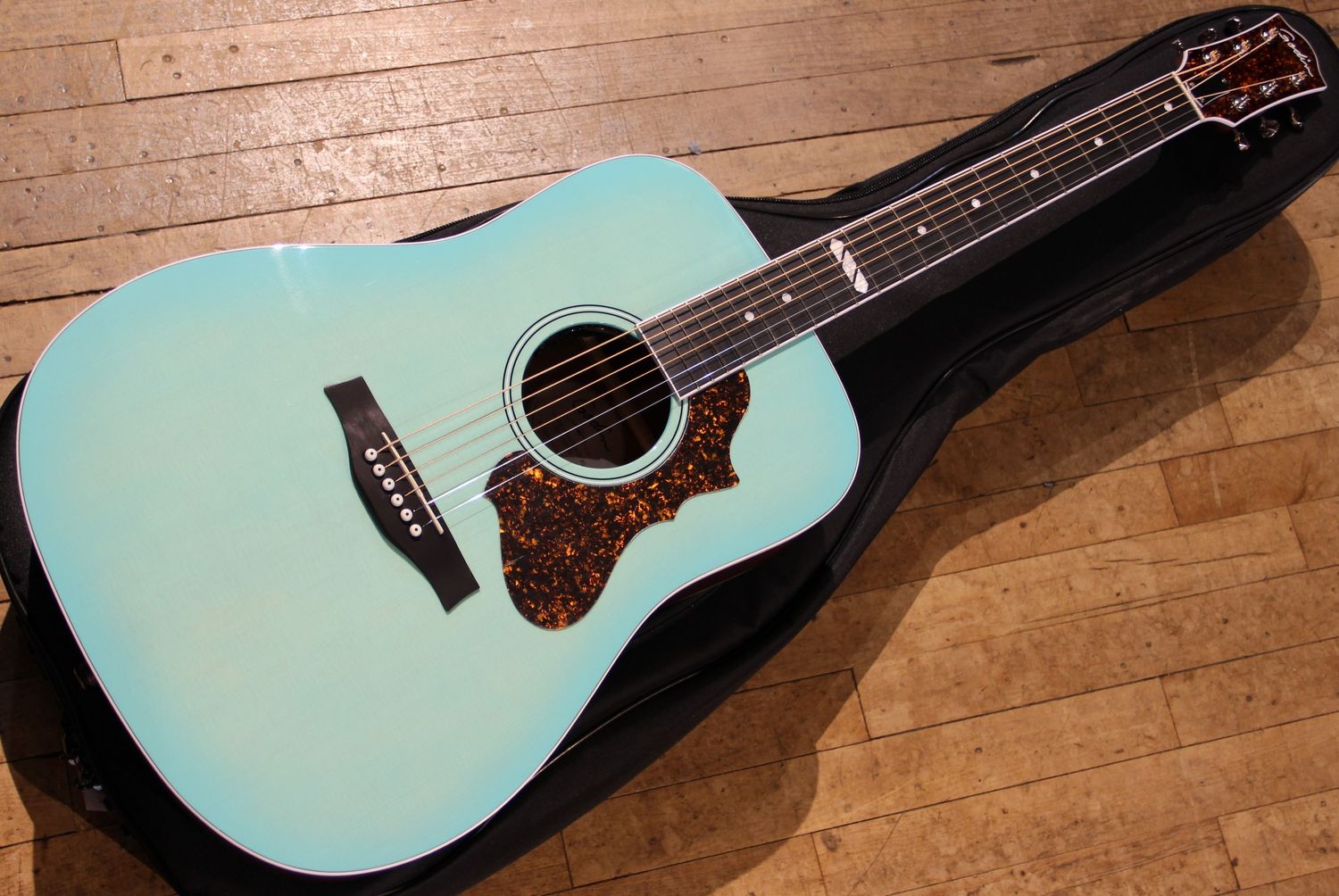Home>Production & Technology>Acoustic>Why Do Acoustic Guitars Need Batteries
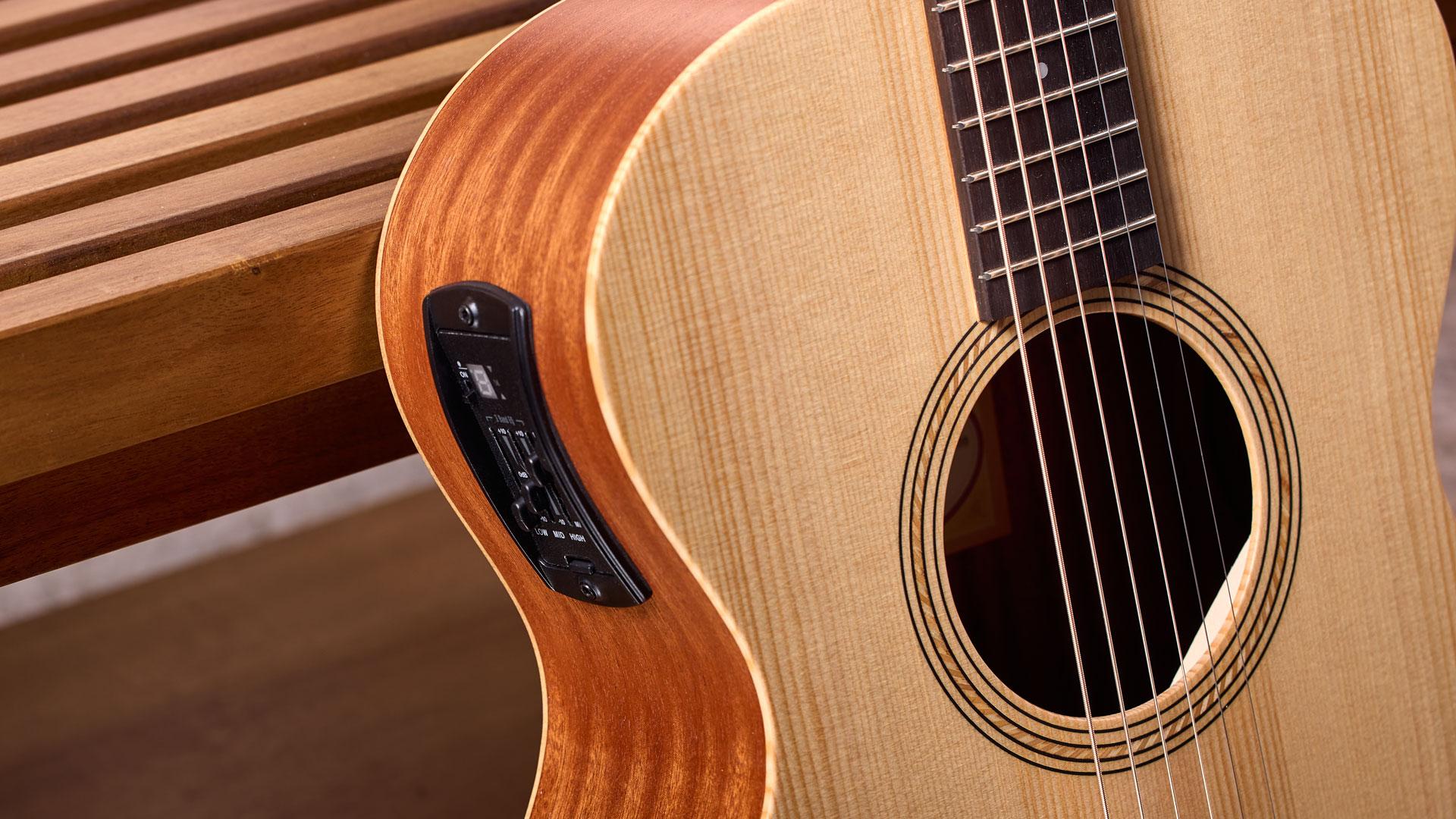

Acoustic
Why Do Acoustic Guitars Need Batteries
Published: March 12, 2024
Discover why acoustic guitars need batteries and how they enhance sound quality. Learn about the importance of batteries in acoustic guitars.
(Many of the links in this article redirect to a specific reviewed product. Your purchase of these products through affiliate links helps to generate commission for AudioLover.com, at no extra cost. Learn more)
Table of Contents
Introduction
Acoustic guitars are renowned for their timeless appeal and versatile sound, captivating audiences across diverse musical genres. While the acoustic guitar's resonance is often associated with its natural, unplugged sound, modern advancements have integrated electronic components into these instruments, enhancing their capabilities and expanding their sonic possibilities.
The integration of electronic components in acoustic guitars has led to a common query among musicians and enthusiasts: "Why do acoustic guitars need batteries?" This question stems from the observation that acoustic guitars traditionally rely solely on the vibrations of their strings to produce sound, without the need for external power sources. However, the introduction of electronic features has introduced a new dimension to the acoustic guitar, necessitating the use of batteries to power these components.
In this article, we will delve into the role of batteries in acoustic guitars, exploring the types of electronic systems found in these instruments and the functions they serve. Additionally, we will examine the factors influencing battery life in acoustic guitars, shedding light on the practical considerations that musicians should bear in mind. By gaining a comprehensive understanding of the relationship between batteries and acoustic guitars, readers will develop a deeper appreciation for the intricacies of these beloved instruments and the technology that enriches their sonic capabilities.
The Role of Batteries in Acoustic Guitars
The integration of electronic components in modern acoustic guitars has revolutionized the capabilities of these timeless instruments, enabling musicians to explore a diverse range of sounds and effects. At the heart of this technological evolution lies the pivotal role of batteries, which power the electronic systems embedded within acoustic guitars. These batteries serve as the lifeblood of the guitar's electronic components, facilitating amplified sound projection, tone shaping, and the utilization of onboard controls.
One of the primary functions of batteries in acoustic guitars is to power the onboard preamp and pickup systems. These essential components are responsible for capturing the vibrations of the guitar strings and converting them into electrical signals. The preamp, powered by the battery, amplifies these signals to a level suitable for external amplification or recording, ensuring that the nuances of the guitar's acoustic sound are faithfully reproduced.
Furthermore, batteries play a crucial role in driving the tone shaping and equalization capabilities of acoustic guitars. Many modern acoustic-electric guitars are equipped with onboard controls that allow musicians to adjust the bass, midrange, and treble frequencies, thereby sculpting their desired tonal characteristics. These controls, often integrated into the guitar's preamp system, rely on battery power to facilitate real-time adjustments, empowering musicians to tailor their sound to suit different performance environments and musical styles.
In addition to powering the preamp and tone controls, batteries also support the functionality of built-in tuners and electronic effects found in some acoustic guitars. These integrated tuners provide convenient tuning solutions for musicians, ensuring that their instruments remain in precise pitch without the need for external tuning devices. Moreover, certain acoustic guitars feature onboard electronic effects such as reverb and chorus, which rely on battery power to deliver enhanced sonic textures and spatial depth, expanding the sonic palette available to performers.
In essence, the role of batteries in acoustic guitars extends beyond mere power supply; it underpins the integration of advanced electronic systems that elevate the sonic capabilities of these instruments. By harnessing the energy stored in batteries, acoustic guitars are empowered to deliver amplified, tonally versatile performances, bridging the gap between traditional acoustic resonance and modern sonic exploration.
Types of Acoustic Guitar Electronics
The evolution of acoustic guitars has been significantly influenced by the integration of electronic components, expanding the sonic horizons of these beloved instruments. When exploring the realm of acoustic guitar electronics, it becomes evident that various systems and technologies contribute to the enhanced versatility and performance capabilities of modern acoustic guitars.
1. Pickup Systems
Pickup systems are fundamental to the amplification of acoustic guitars, capturing the vibrations of the strings and converting them into electrical signals. There are several types of pickup systems commonly found in acoustic guitars, each offering distinct tonal characteristics and installation methods. Under-saddle pickups, soundboard transducers, and magnetic soundhole pickups are among the popular options, catering to diverse player preferences and sonic requirements.
2. Onboard Preamp Systems
Onboard preamp systems serve as the control center for acoustic-electric guitars, housing essential circuitry for signal amplification and tone shaping. These systems are powered by batteries and often feature volume controls, tone controls, and built-in tuners, providing musicians with convenient access to sound adjustments and tuning functionalities directly from their instruments.
3. Integrated Tuning Systems
Integrated tuning systems, commonly referred to as onboard tuners, have become a standard feature in many acoustic-electric guitars. These systems offer precise tuning capabilities, allowing musicians to maintain optimal pitch accuracy without the need for external tuning devices. Whether performing on stage or in a studio setting, integrated tuners provide a practical solution for ensuring consistent tuning stability.
4. Onboard Effects and EQ Controls
Innovations in acoustic guitar electronics have led to the incorporation of onboard effects and EQ controls, enabling musicians to sculpt their desired sound with unprecedented flexibility. Acoustic guitars equipped with onboard reverb, chorus, and EQ controls empower players to shape their tonal characteristics and infuse their performances with captivating sonic textures, all within the confines of their instruments.
5. Dual Source Systems
Dual source systems combine multiple pickup technologies, such as under-saddle pickups and internal microphones, to capture the nuances of an acoustic guitar's sound with enhanced fidelity. By blending the characteristics of different pickups, dual source systems offer a balanced and natural representation of the instrument's acoustic resonance, catering to discerning musicians seeking pristine sound reproduction.
In essence, the diverse array of acoustic guitar electronics reflects the ongoing innovation and commitment to enhancing the sonic potential of these instruments. From advanced pickup systems to integrated effects and tuning solutions, the realm of acoustic guitar electronics continues to inspire musicians and elevate the art of acoustic performance.
Common Uses of Batteries in Acoustic Guitars
Batteries play a pivotal role in powering the electronic components integrated into modern acoustic guitars, enabling a diverse range of functionalities that enhance the instrument's performance and sonic capabilities. Understanding the common uses of batteries in acoustic guitars sheds light on the practical significance of these power sources within the context of musical expression and live performances.
-
Powering the Onboard Preamp and Pickup Systems: The primary function of batteries in acoustic guitars is to provide the necessary power for the onboard preamp and pickup systems. These essential components work in tandem to capture the vibrations of the guitar strings and convert them into electrical signals. The preamp, powered by the battery, amplifies these signals to a level suitable for external amplification or recording, ensuring that the nuances of the guitar's acoustic sound are faithfully reproduced.
-
Facilitating Tone Shaping and Equalization: Batteries enable the operation of onboard controls that govern the tone shaping and equalization capabilities of acoustic guitars. Many modern acoustic-electric guitars are equipped with built-in controls for adjusting bass, midrange, and treble frequencies, allowing musicians to sculpt their desired tonal characteristics. These controls, reliant on battery power, empower musicians to tailor their sound to suit different performance environments and musical styles, enhancing their expressive capabilities.
-
Supporting Integrated Tuners and Electronic Effects: Batteries also facilitate the functionality of built-in tuners and electronic effects found in some acoustic guitars. Integrated tuners provide convenient tuning solutions for musicians, ensuring that their instruments remain in precise pitch without the need for external tuning devices. Moreover, certain acoustic guitars feature onboard electronic effects such as reverb and chorus, which rely on battery power to deliver enhanced sonic textures and spatial depth, expanding the sonic palette available to performers.
-
Enabling Portable Amplification and Performance Flexibility: By harnessing the energy stored in batteries, acoustic guitars become portable and versatile instruments capable of amplified performances in various settings. Whether performing on stage, in a studio, or at intimate acoustic sessions, the battery-powered electronic components empower musicians to adapt their sound projection and tonal characteristics to suit diverse performance contexts, amplifying their creative expression.
In essence, the common uses of batteries in acoustic guitars underscore their indispensable role in facilitating amplified sound projection, tonal versatility, and performance flexibility. By powering the electronic systems that enrich the sonic capabilities of acoustic guitars, batteries contribute to the seamless integration of traditional acoustic resonance with modern amplification and sound-shaping technologies, empowering musicians to explore new musical horizons and captivate audiences with captivating performances.
Factors Affecting Battery Life in Acoustic Guitars
The longevity of battery life in acoustic guitars is influenced by a myriad of factors that encompass technical specifications, usage patterns, environmental conditions, and maintenance practices. Understanding these factors is essential for musicians and enthusiasts seeking to optimize the performance and reliability of their battery-powered acoustic-electric instruments.
1. Battery Type and Capacity
The type and capacity of the battery installed in an acoustic guitar significantly impact its overall lifespan. Rechargeable lithium-ion batteries, commonly utilized in modern acoustic-electric guitars, offer extended usage cycles compared to traditional disposable batteries. Additionally, higher capacity batteries can sustain power-hungry electronic components for longer durations, minimizing the frequency of battery replacements.
2. Usage Intensity and Playing Habits
The frequency and duration of instrument usage directly influence battery consumption. Intensive playing sessions and extended performances place greater demands on the battery, leading to accelerated depletion. Moreover, specific playing habits, such as prolonged use of onboard electronic effects or continuous engagement of tone controls, can contribute to faster battery drainage.
3. Environmental Conditions
Environmental factors, including temperature and humidity levels, play a pivotal role in determining battery performance. Extreme temperatures, whether excessively hot or cold, can adversely affect battery efficiency and overall lifespan. Furthermore, exposure to high humidity levels may lead to corrosion of battery terminals, potentially impacting electrical conductivity and contributing to premature battery failure.
4. Standby and Storage Practices
Proper standby and storage practices are crucial for preserving battery life when the acoustic guitar is not in use. Ensuring that the instrument is powered off when not in use, particularly during extended periods of inactivity, prevents unnecessary battery drainage. Additionally, storing the guitar in a controlled environment, away from extreme temperatures and humidity, safeguards the battery against adverse conditions that could compromise its longevity.
5. Maintenance and Care
Regular maintenance and care routines contribute to the optimal performance of battery-powered acoustic guitars. Keeping the battery compartment clean and free from debris or corrosion ensures reliable electrical connections, minimizing the risk of power interruptions. Furthermore, adhering to manufacturer-recommended maintenance guidelines, such as periodic battery checks and replacements, promotes sustained battery health and overall system reliability.
6. Quality of Electronic Components
The quality and efficiency of the onboard electronic components, including the preamp, pickup systems, and integrated effects, can impact battery life. Well-designed and energy-efficient electronic systems are engineered to maximize battery utilization, optimizing power consumption without compromising performance. Investing in high-quality acoustic guitars with reputable electronic components can contribute to prolonged battery longevity and consistent operational efficiency.
By considering these factors and implementing proactive measures, musicians can effectively manage and prolong the battery life of their acoustic-electric guitars, ensuring uninterrupted performance and reliable amplification. Embracing a holistic approach that encompasses battery selection, usage mindfulness, environmental awareness, and diligent maintenance empowers musicians to harness the full potential of their battery-powered acoustic instruments, enriching their musical journeys with enduring performance capabilities.
Conclusion
In conclusion, the integration of batteries in acoustic guitars represents a transformative marriage of traditional craftsmanship and modern technology, ushering in an era of amplified versatility and sonic exploration. The role of batteries extends beyond mere power supply, serving as the enabler of onboard preamp and pickup systems, tone shaping controls, integrated tuners, and electronic effects. This symbiotic relationship between batteries and acoustic guitars has redefined the possibilities of acoustic performance, empowering musicians to seamlessly transition between intimate unplugged settings and dynamic amplified stages.
As the demand for acoustic-electric guitars continues to flourish, driven by the desire for enhanced sonic expression and performance flexibility, the significance of batteries in powering these instruments cannot be overstated. The common uses of batteries in acoustic guitars, ranging from facilitating amplified sound projection to supporting integrated tuning and tonal sculpting, underscore their indispensable role in shaping the modern acoustic experience.
Furthermore, the factors affecting battery life in acoustic guitars highlight the importance of mindful usage, environmental awareness, and proactive maintenance. By understanding the interplay of battery type, usage patterns, environmental conditions, and instrument care, musicians can optimize the performance and longevity of their battery-powered acoustic-electric guitars, ensuring consistent reliability and uninterrupted musical expression.
Ultimately, the evolution of acoustic guitars with integrated electronics and battery-powered capabilities reflects a harmonious convergence of tradition and innovation. This fusion has broadened the horizons of acoustic musicians, offering a diverse palette of sonic textures and performance possibilities. As the journey of acoustic guitars continues to unfold, propelled by technological advancements and artistic ingenuity, the role of batteries remains integral, sustaining the harmonious synergy between acoustic resonance and amplified expression.
In embracing the harmonious synergy between tradition and innovation, acoustic guitars powered by batteries stand as a testament to the enduring spirit of musical evolution, enriching the sonic landscape with boundless creativity and expressive potential.

